Indoor and Outdoor Bird Aviaries – All You Need to Know
Budgies, Canaries and Finches are often referred to as aviary birds because they are well suited to life in an aviary. There are no surprises there.
However, aviaries come in all shapes and sizes, from relatively small cages that will fit in anyone’s front room, to huge, walk-in structures that can take up almost all of your garden.
So, how do you know which is right for you and your birds?
Obviously, this will depend on a number of factors, but the most important one is how many birds do you intend on getting.
If you only want a pair – and all cage and aviary birds should be kept in at least a pair, except Canaries – then a conventional, indoor bird cage, will probably suit your purpose well.
If, however, you expect your passion for cage and aviary birds to take off so to speak, it might be worth investing in a large, outdoor aviary to begin with. That way you won’t be paying twice – once for a small cage when you get your first birds, and then again for a large aviary when your flock increases.
Small Bird Aviary or Cage
Budgies, Canaries and Finches are energetic birds, so need a significant amount of space even when kept in small numbers. For a single bird, the minimum size we would recommend is 18 inches (46cm) wide, 18 inches deep (46cm) and ideally 24 inches (61cm) high.
Finches require a little more space, so we would recommend increasing the height to 30 inches (76cm). However, consider these measurements as guides only as your precise enclosure dimensions will be determined by what is available in your local pet shops or online. In reality, the bigger the enclosure the better, but as long as you treat these measurements as a minimum, your bird should be happy.
For two birds, the size should increase to around 40 inches (102cm) wide, 20 inches (51cm) deep and at least 32 inches (81cm) high.
Another incredibly important aspect of choosing the right enclosure is the distance between the bars. For Budgies, Canaries and Finches, they should be no further apart than half an inch, otherwise there is a risk of your bird getting its head trapped, which can lead to injury or even worse.
Other Factors Effecting Indoor Aviary Choice
Of course, there are other things that will affect your choice of cage. Budget for one, and we can only say on this point that you should buy the best and safest bird enclosure you can afford. Better quality enclosures offer better access for providing food and water, and for the all-important cleaning.
If your birds are to be kept indoors, does the enclosure fit into the space you have earmarked for it? Measure this before you make your choice. Birds should be kept in a room that people use a lot such as a front room or even kitchen. You don’t want the enclosure to be in the way because it doesn’t fit into the space you intended it to go, and you don’t want to put it in a room where no one goes, as this will not be good for your companion. Birds are social creatures after all, and crave interaction.
One final thing to mention – if you choose to keep one or two birds in enclosures of this size, it is essential that you allow them out to exercise whenever you can. Budgies, Canaries and Finches will happily call a small enclosure home and readily return to it, but they are birds after all, and should be given a chance to spread their wings and fly freely, which is beneficial to both their physical and their mental health.
Outdoor Aviary
If you’re intending on keeping a number of birds, then an outdoor aviary is likely to be your best option. This type of bird aviary is design to enable birds to fly around relatively freely, but still within the confines of the structure.
There are many on the market to choose from and simply Googling the phrase ‘bird aviary for sale’ will return products to suit all tastes and budgets, from simply wood and wire constructions to ornate structures made of expensive materials.
Unsurprisingly, the number of birds you own or want to own will dictate the minimum size of the aviary. However, as a rule of thumb, you should allow twice the length of the largest bird for every bird you intend to house in it, and at least half that in depth.
However, as with indoor aviaries, you should buy the biggest and safest aviary you can afford, because this will ensure your valued birds have as much flying room as possible, and, if you intend on growing your flock, you can do without replacing their housing.
Of course, if you’re fond of DIY, you can always build your own outdoor aviary. There are plenty of plans available from specialist pet shops or online, and this is one way of ensuring it fits perfectly into the place you have set aside for it. Building your own may even save you money compared to buying a ready-made enclosure.
Aviary Placement
Finally, it is incredibly important to consider aviary placement. Always place your outdoor aviary near to a house window, so you can keep a regular check on your birds and ensure they’re in good health. This will also enable you to see any predators approaching, such as cats, foxes, or rats. Even if your aviary is entirely secure, just the sight of these animals can cause your birds to panic and fly around erratically, and ultimately injure themselves.
Place the aviary where it will catch the sun. Birds love to sunbathe, and it is essential for bird’s to be able to make vitamin D. See our Ultimate Guide to Guide to Feeding Budgies, Canaries and Finches for more about nutrition. However, ensure that there is also shelter from the sun (and rain for that matter), as birds can overheat if left in direct sunlight with no escape.
Finally, never place your aviary under a tree. Trees can be great hiding places for predators and they block out sunlight. Also, wild birds perching or nesting in the branches above are likely to defecate on to your aviary, which could lead to disease in your flock.
Our Recent Posts Giving Advice and Guidance on Aviary Birds
What’s Not to Love About the Colourful Lovebird?
Reading Time: 12 minutes Sometimes referred to as ‘pocket parrots’ due to their size, they are colourful, charming characters that can make adorable pets. With a name like Lovebird, it’s not surprising these are among the most popular small parrots to own.
How to Tame (Train!) Your Budgie
Reading Time: 10 minutes One question we get asked fairly often is how to tame a Budgie. We’ve always found this a bit of a strange enquiry because like most birds that live in flocks in the wild, Budgies are very sociable and enjoy human company. As such, they don’t need to be tamed per se.
Budgies – the UK’s Favourite Pet Bird
Reading Time: 6 minutes Budgies – also known as parakeets – are the most popular companion bird in the UK and it is easy to see why. These colourful little birds are every bit as intelligent as their bigger cousins, but at just seven or so inches in height, they take up much less room than an African Grey or ...



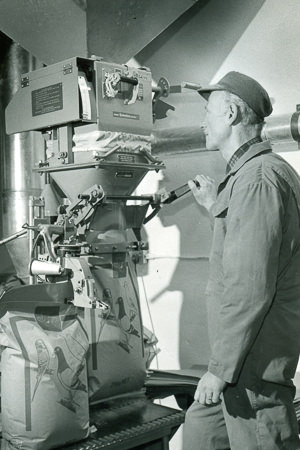
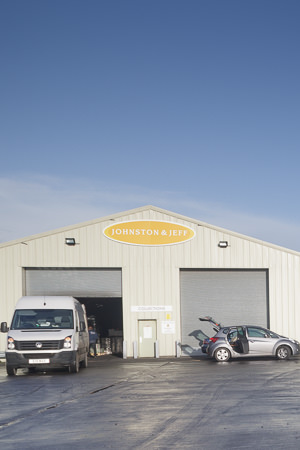



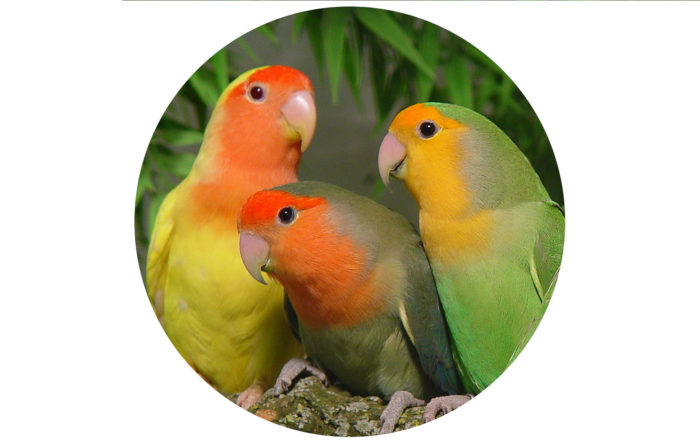
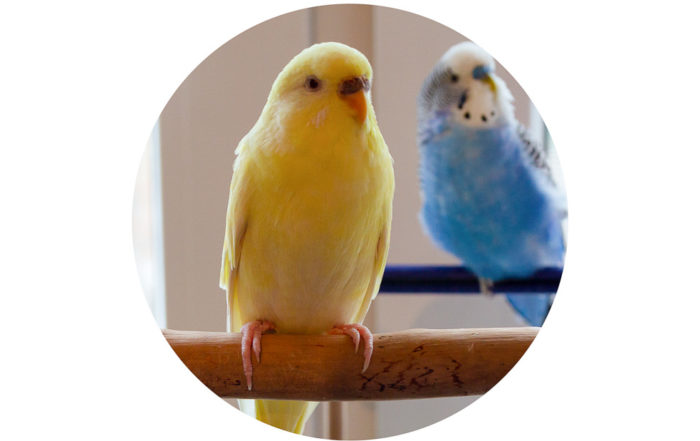
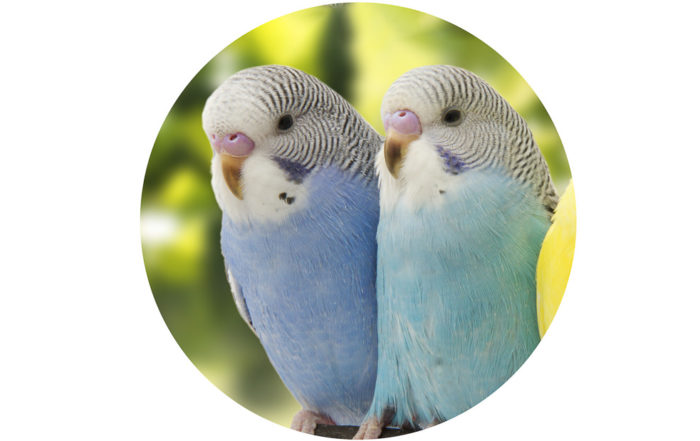
Leave A Comment